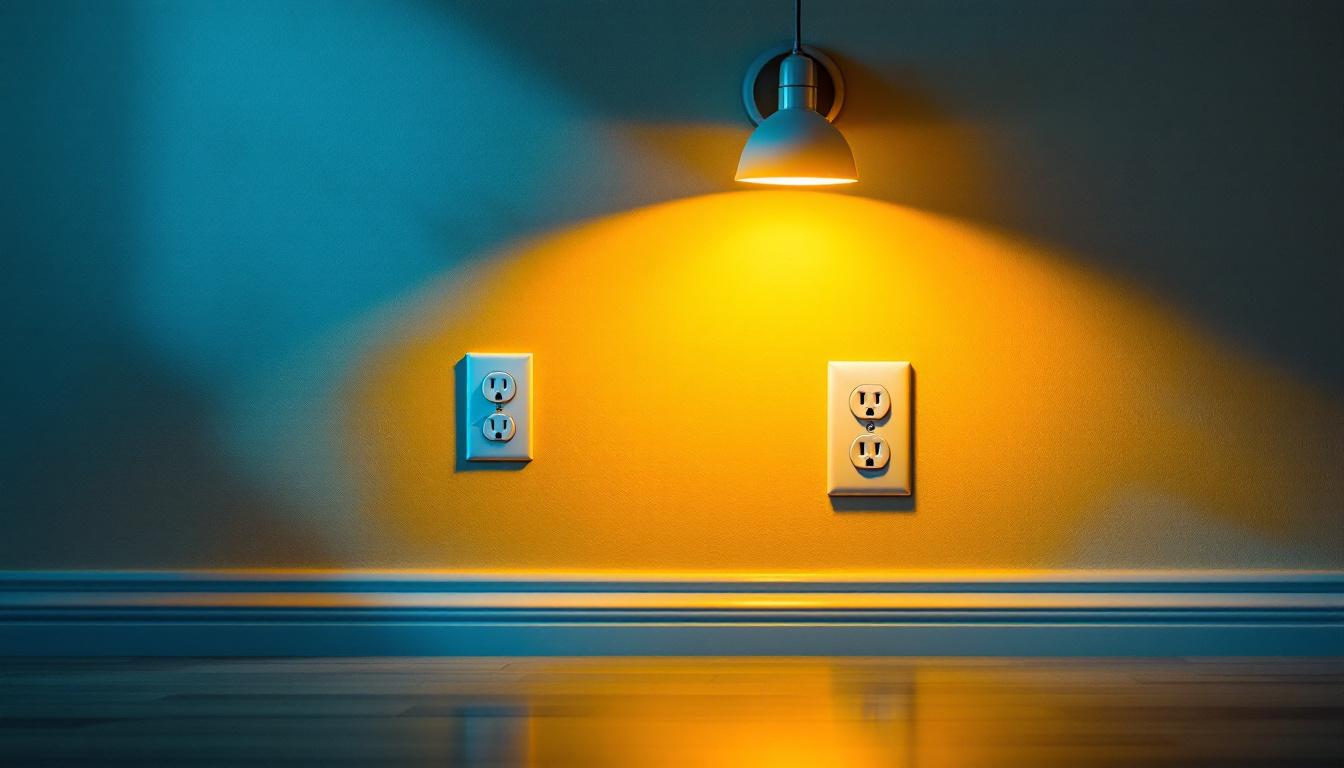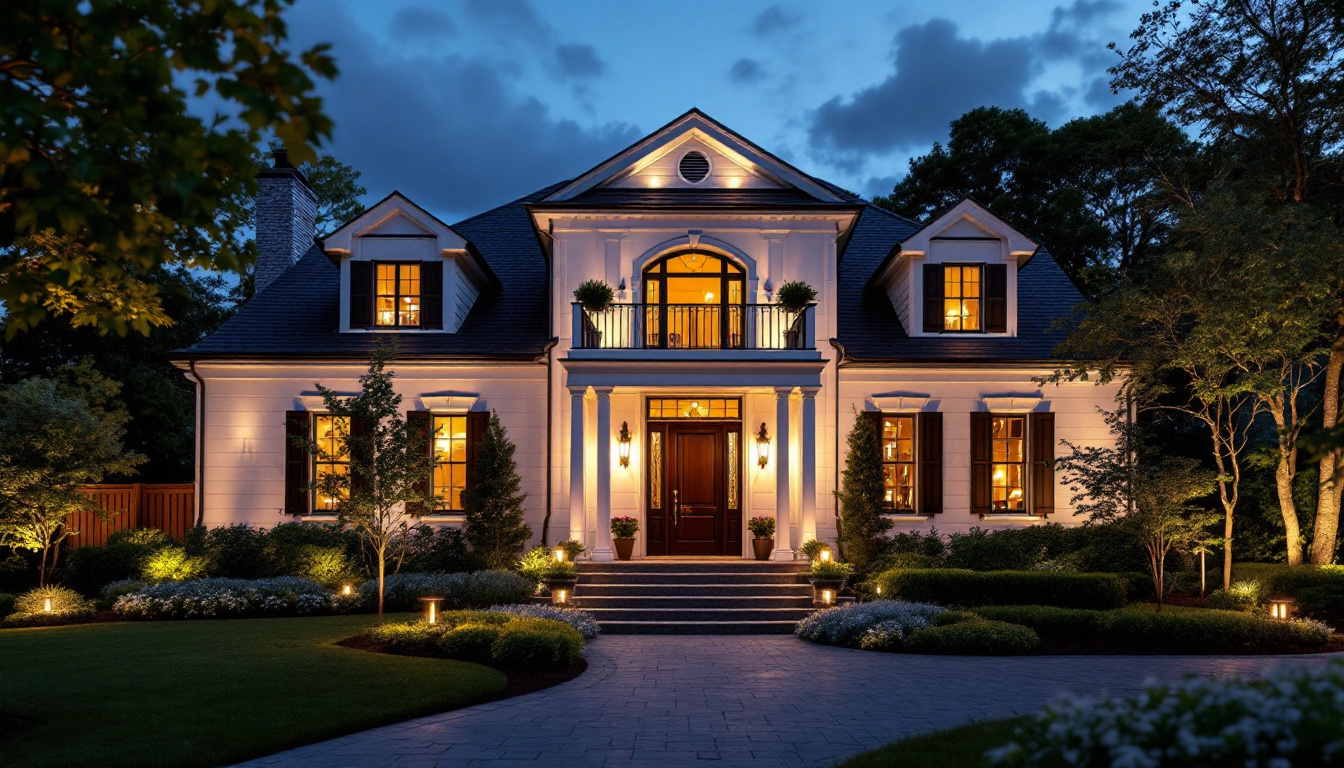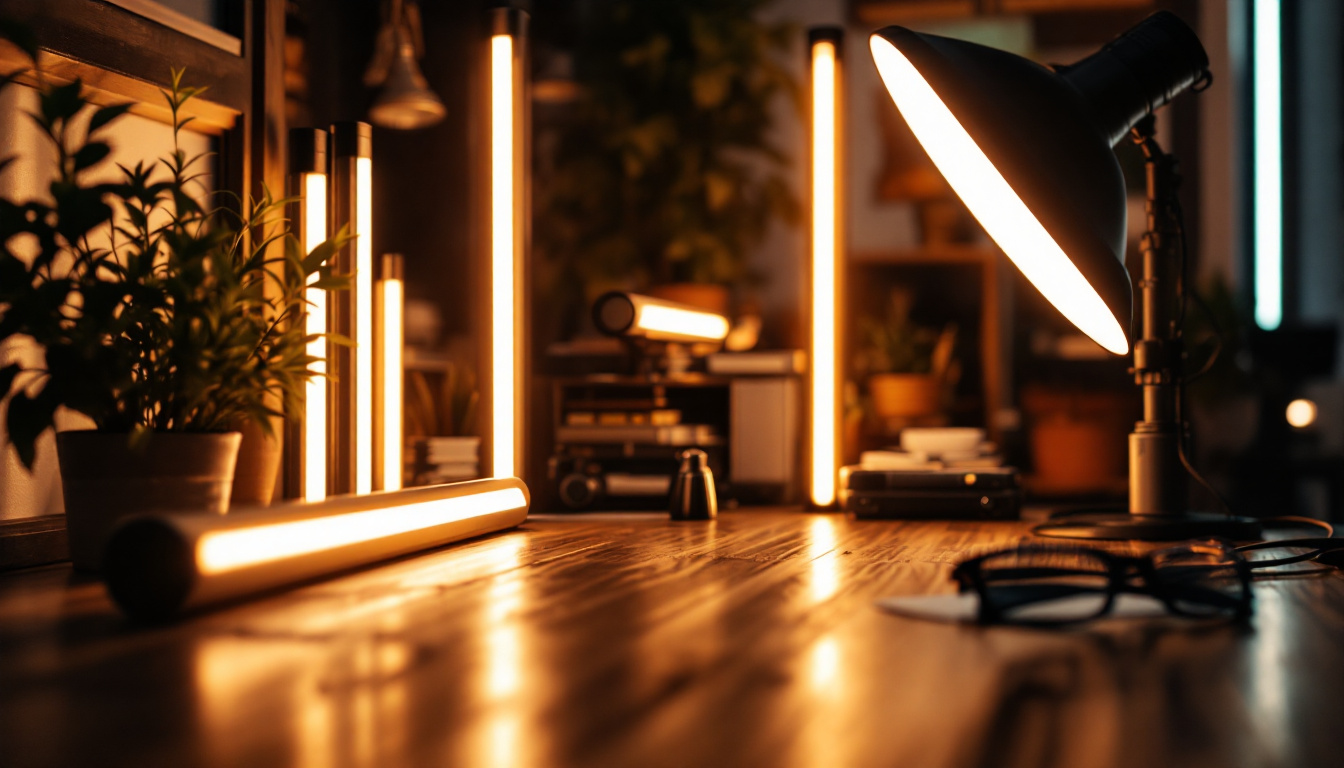
Electrical outlets and receptacles serve as the primary interface between electrical systems and lighting fixtures. They are essential components in any electrical installation, particularly in residential and commercial settings where lighting plays a crucial role in functionality and aesthetics. Understanding their design, functionality, and optimization can significantly enhance lighting efficiency.
At their core, electrical outlets are designed to provide power to various devices, including lighting systems. Receptacles come in various forms, including standard, GFCI (Ground Fault Circuit Interrupter), and AFCI (Arc Fault Circuit Interrupter) outlets, each serving specific safety and operational purposes. Recognizing the differences and applications of these outlets is the first step toward optimizing lighting efficiency.
There are several types of electrical outlets, each tailored for different applications. Standard outlets are the most common, used for general lighting and appliance connections. GFCI outlets are crucial in wet areas, such as kitchens and bathrooms, where moisture poses a risk of electrical shock. Meanwhile, AFCI outlets are designed to prevent electrical fires by detecting arc faults.
When choosing the appropriate outlet type for lighting installations, contractors must consider the environment and specific lighting needs. For instance, in outdoor settings, weather-resistant outlets are essential to ensure safety and longevity. Additionally, smart outlets are becoming increasingly popular, allowing users to control their lighting remotely through mobile devices or voice commands. Understanding these variations can help contractors make informed decisions that enhance both safety and efficiency.
Proper installation of electrical outlets is vital for maximizing efficiency. Incorrectly installed outlets can lead to poor connections, voltage drops, and ultimately, inefficient lighting performance. Ensuring that outlets are securely mounted and properly wired can prevent these issues, leading to a more reliable lighting system.
Additionally, adherence to local electrical codes and regulations during installation is crucial. These codes are designed to ensure safety and efficiency, and following them can prevent costly mistakes and potential hazards. Contractors should always stay updated on the latest regulations to ensure compliance and optimal performance. Furthermore, regular inspections and maintenance of electrical outlets can help identify wear and tear, ensuring that they continue to function safely over time. This proactive approach not only enhances the longevity of the electrical system but also contributes to the overall safety of the environment in which they are installed.
Lighting design is a multifaceted process that goes beyond simply choosing the right fixtures. It involves strategic planning of electrical outlets and receptacles to ensure that lighting systems operate at maximum efficiency. The placement, type, and number of outlets play a significant role in achieving this goal. Moreover, understanding the unique characteristics of each space can help in tailoring the lighting design to meet specific functional and aesthetic needs, thereby enhancing the overall experience of the environment.
Incorporating smart technology into lighting design can also enhance efficiency. Smart outlets and systems allow for better control over lighting, enabling contractors to create adaptable and energy-efficient environments. This integration not only improves functionality but can also lead to significant energy savings in the long run. Additionally, the use of sensors that detect occupancy or natural light levels can further optimize energy use, ensuring that lights are only on when necessary and adjusting automatically to the ambient light conditions.
The placement of electrical outlets is a critical factor in lighting efficiency. Outlets should be positioned to accommodate the specific lighting needs of each room while minimizing the use of extension cords and power strips. Strategic placement reduces the risk of overloading circuits and enhances overall safety. Furthermore, considering the flow of movement within a space can inform the optimal locations for outlets, ensuring that they are easily accessible and do not disrupt the aesthetic of the room.
In spaces with multiple lighting fixtures, it may be beneficial to install multiple outlets to distribute power evenly. This approach not only improves efficiency but also allows for greater flexibility in lighting design. Contractors should assess the layout of each space and plan outlet placement accordingly to optimize lighting performance. Additionally, integrating outlets into furniture or architectural elements can create a seamless look while providing the necessary functionality, thereby enhancing both the practicality and visual appeal of the design.
Dimmers and smart controls are invaluable tools for optimizing lighting efficiency. By allowing users to adjust the brightness of fixtures, dimmers can reduce energy consumption while enhancing the ambiance of a space. This versatility is particularly beneficial in areas where lighting needs may vary throughout the day. For instance, in a dining area, dimming the lights during meals can create a cozy atmosphere, while brighter settings may be preferred for activities like reading or working.
Smart controls take this a step further by enabling remote management of lighting systems. This technology allows for scheduling, automation, and integration with other smart home devices, providing users with enhanced control over their lighting environment. Contractors should consider recommending these solutions to clients looking to maximize efficiency and convenience. Furthermore, educating clients on the benefits of using energy-efficient bulbs in conjunction with smart controls can amplify the positive impact on energy consumption, making the entire lighting system not only smarter but also greener. This holistic approach to lighting design ensures that both functionality and sustainability are prioritized, creating spaces that are both beautiful and responsible.
When it comes to optimizing lighting efficiency, the choice of lighting technology is paramount. Energy-efficient lighting solutions not only reduce electricity consumption but also contribute to a more sustainable environment. Contractors should be well-versed in the various options available to guide their clients effectively.
LED lighting has emerged as one of the most efficient options on the market. With a significantly longer lifespan and lower energy consumption compared to traditional incandescent bulbs, LEDs are an excellent choice for both residential and commercial applications. Additionally, their versatility in design allows for creative lighting solutions that can enhance any space.
Comparing LED lighting to traditional incandescent or fluorescent options reveals significant differences in efficiency and performance. LEDs consume up to 80% less energy than incandescent bulbs, translating to substantial savings on electricity bills. Furthermore, LEDs have a longer lifespan, often lasting up to 25,000 hours or more, reducing the frequency of replacements.
While the initial cost of LED fixtures may be higher, the long-term savings and benefits far outweigh the upfront investment. Educating clients about these advantages can help them make informed decisions that lead to greater satisfaction and efficiency in their lighting systems.
Incorporating natural light into lighting design can significantly enhance efficiency and create a more inviting atmosphere. Utilizing windows, skylights, and light tubes can reduce reliance on artificial lighting during daylight hours. This approach not only saves energy but also promotes well-being by providing a connection to the outdoors.
Contractors should assess each space for opportunities to maximize natural light. This may involve strategic placement of fixtures to complement natural sources or recommending window treatments that allow for optimal light diffusion. By blending natural and artificial lighting, contractors can create dynamic environments that are both efficient and aesthetically pleasing.
Regular maintenance of electrical outlets and receptacles is essential for ensuring long-term efficiency and safety. Over time, wear and tear can affect the performance of outlets, leading to potential hazards and inefficiencies. Contractors should emphasize the importance of routine inspections and maintenance to their clients.
Common issues that may arise include loose connections, damaged wiring, and signs of overheating. Identifying these problems early can prevent more significant issues down the line. Additionally, educating clients on proper use and care of their electrical outlets can further enhance safety and efficiency.
Recognizing the signs of wear and tear in electrical outlets is crucial for maintaining optimal performance. Discoloration, burning smells, or visible damage to the outlet can indicate underlying issues that require immediate attention. Contractors should advise clients to report any unusual signs promptly to prevent potential hazards.
Regular inspections can help identify these issues before they escalate. Contractors can recommend a maintenance schedule that includes checking outlets for damage, ensuring secure connections, and testing GFCI and AFCI outlets to verify their functionality.
Outdated outlets can pose safety risks and hinder lighting efficiency. Upgrading to modern outlets that meet current safety standards can significantly improve performance. This may include replacing standard outlets with GFCI or AFCI outlets in appropriate areas or installing smart outlets for enhanced control.
Contractors should assess the existing electrical infrastructure and recommend upgrades as necessary. This proactive approach not only enhances safety but can also lead to improved energy efficiency and user satisfaction.
Optimizing electrical outlets and receptacles for maximum efficiency in lighting is a multifaceted process that requires careful consideration and planning. By understanding the types of outlets available, employing strategic placement, and integrating energy-efficient lighting solutions, contractors can significantly enhance the performance of lighting systems.
Regular maintenance and timely upgrades are equally important in ensuring that electrical outlets continue to operate at peak efficiency. By staying informed about the latest technologies and best practices, contractors can provide valuable guidance to their clients, ultimately leading to safer, more efficient, and aesthetically pleasing lighting solutions.
As the demand for energy-efficient solutions continues to grow, the role of electrical outlets and receptacles in lighting design will remain crucial. By prioritizing optimization in this area, contractors can contribute to a more sustainable future while meeting the diverse needs of their clients.
Ready to elevate your lighting projects with the highest quality products at the best value? Look no further than LumenWholesale. Our spec-grade lighting solutions are designed to meet the rigorous demands of any installation, ensuring maximum efficiency and performance. With unbeatable wholesale prices and the convenience of free shipping on bulk orders, you can trust LumenWholesale to provide the superior lighting products your projects deserve. Don’t compromise on quality or price—choose LumenWholesale for all your lighting needs. Wholesale Lighting at the Best Value.

Discover the essential role of exterior lighting in enhancing home aesthetics and security.

Discover the ultimate guide to LED light tubes with our essential checklist tailored for lighting professionals.

Discover how affordable ceiling fans can boost profitability in lighting installations.

Discover the essentials of Griplock systems tailored for lighting contractors.